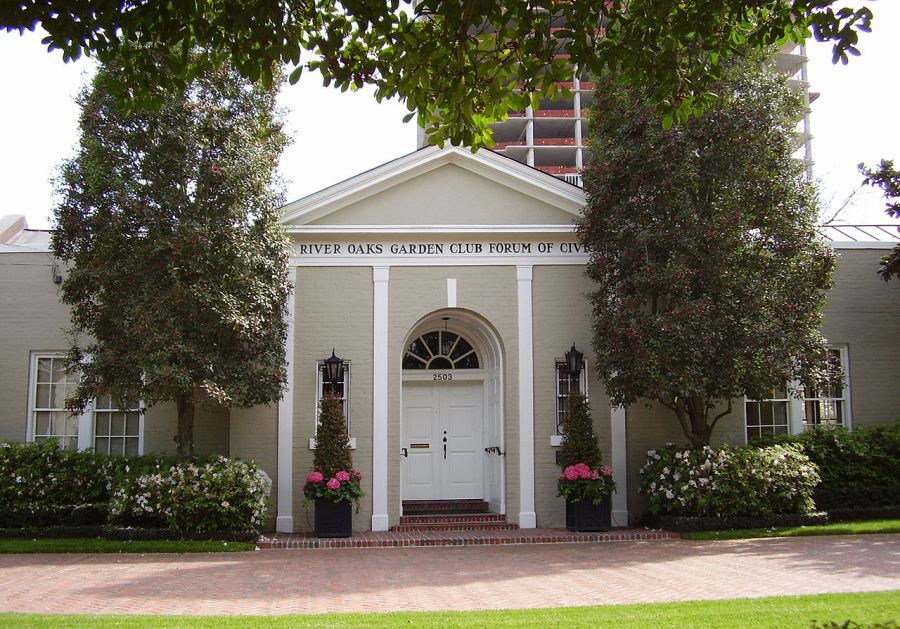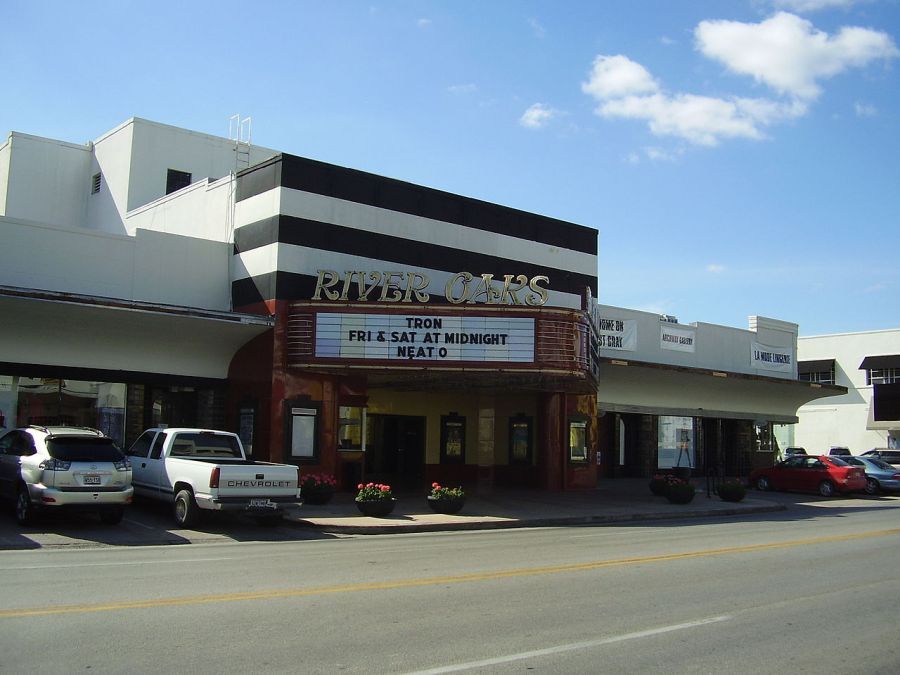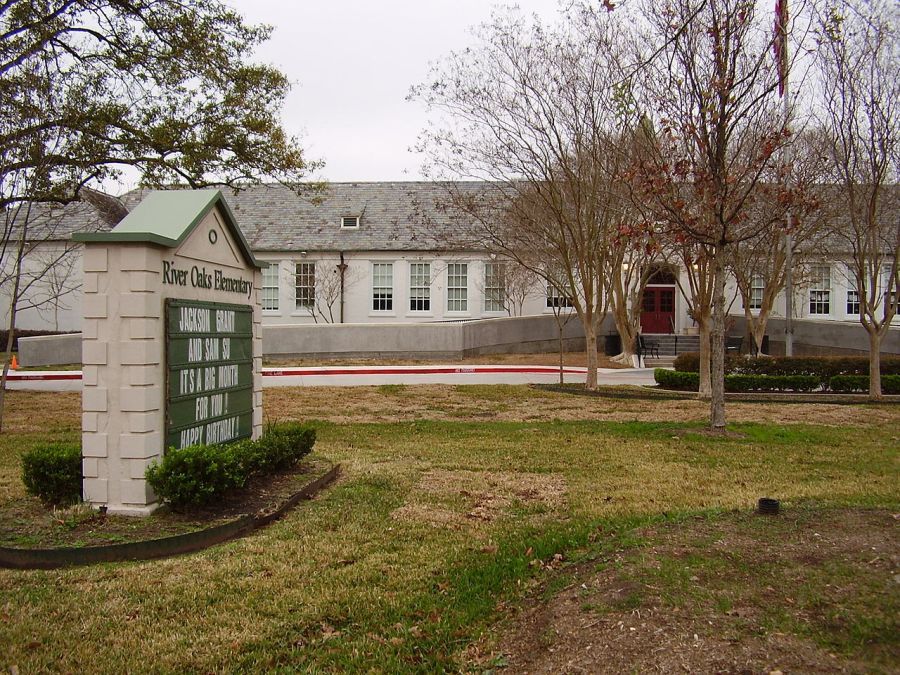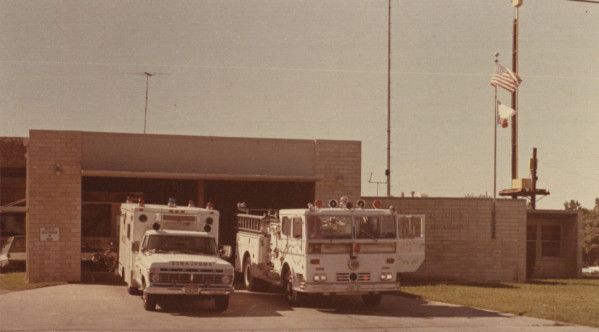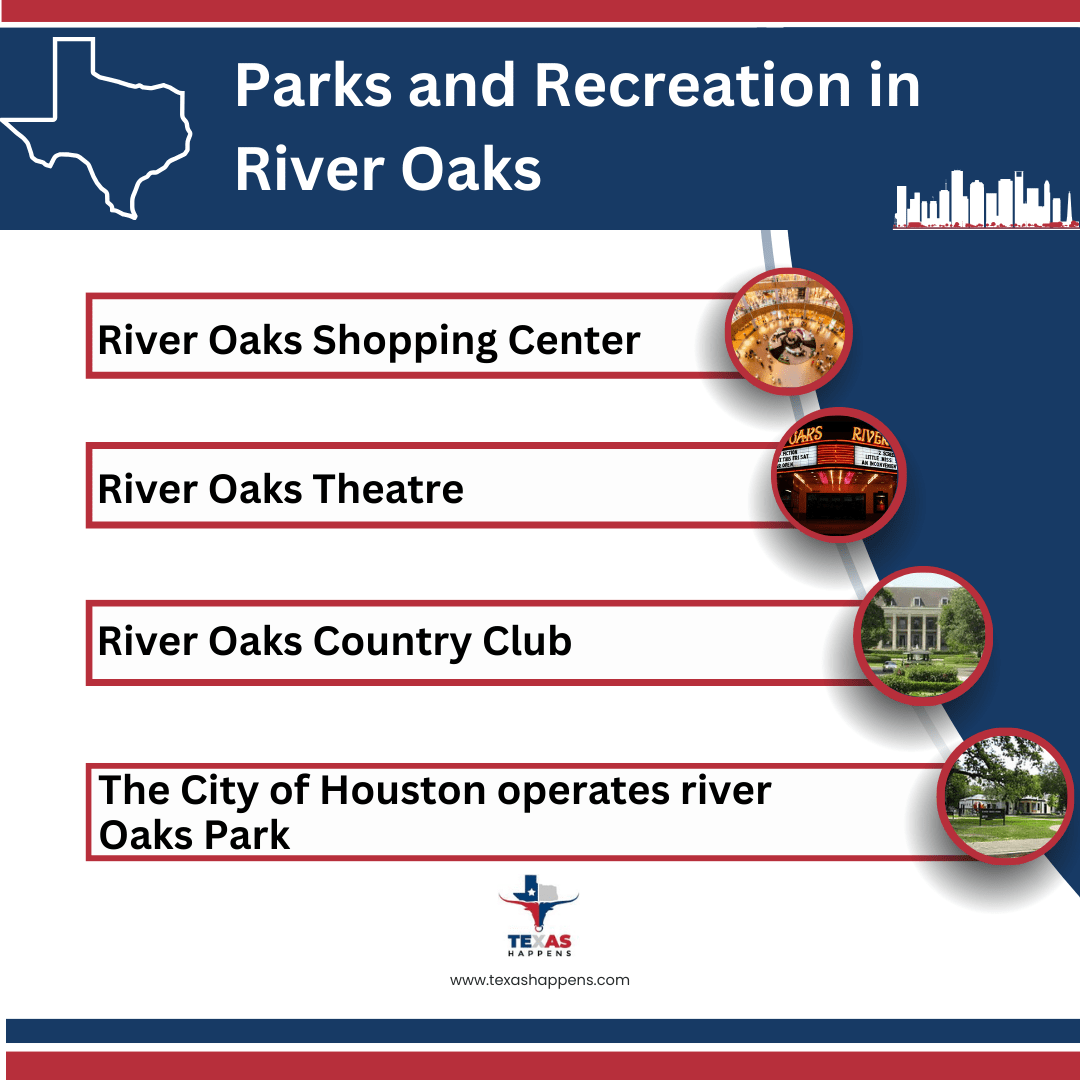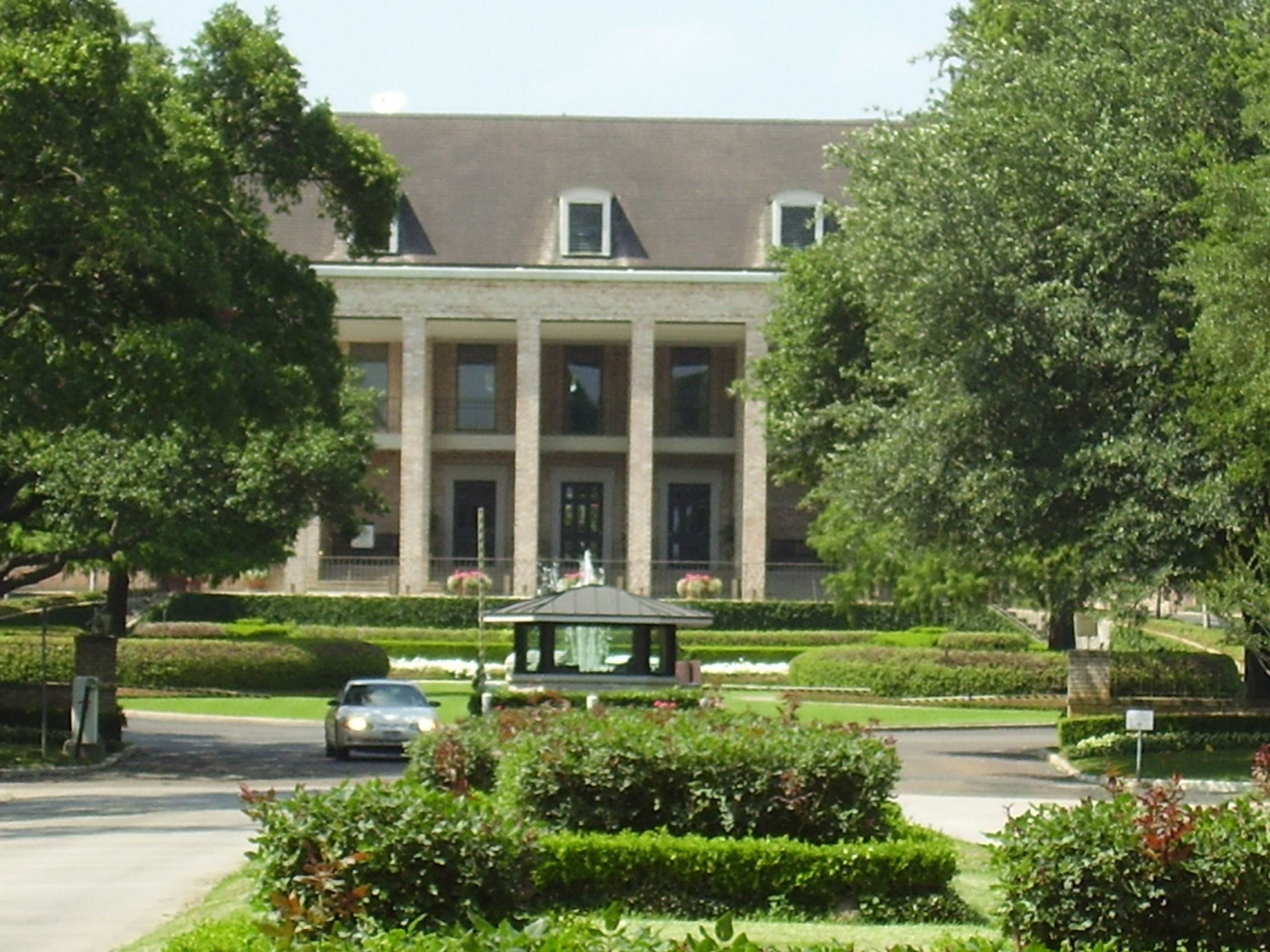River Oaks is an affluent residential community situated between Downtown and Uptown Houston, Texas. Since its establishment in the 1920s, this community became a well-publicized model for community planning. In 2013, this neighborhood was named as one of the most expensive areas in Houston. In this article, we will know more about the history of River Oaks and the things you can explore while you’re there.
History
William and Michael Hogg, and attorney Hugh Potter all worked together to establish River Oaks during the 1920s. In 1923, Hugh Potter managed to purchase 200 acres of land around the River Oaks Country Club. After a year, William Hogg established the Country Club Estates so that its income can help support the community’s development. In 1928, William and Michael Hogg sold lots in the subdivision for $2,200. Aside from that, they also oversaw the construction of Bayou Bend, which is a stately southern-style home located on the banks of Buffalo Bayou.
The first structure built here in River Oaks was the summer house owned by William L. Clayton. Today, this property is listed as a City of Houston Landmark and included in the National Register of Historic Places.
The development plans of River Oaks included that the parks and esplanades in the neighborhood should be planted with oaks, azaleas, shrubs, and other flowers. The developers made sure that every detail of the River Oaks was carefully planned so that they can establish a well-integrated community in Houston. In fact, during those days, the community was advertised to be a distinguished experiment in fine living. That is why River Oaks eventually became a national model for community planning. During the 1920s and 1930s, real estate media, design journals, and national newspapers highly publicized River Oak’s planning standards, landscape design, and residential architecture. At that time, deed restrictions at River Oaks have restricted home prices of $7,000. Aside from that, it also requires specified architectural styles along with a gentlemen’s agreement excluding Jews, blacks, and other minorities.
Back in the 1920s, River Oaks was so efficiently planned, restricted, and organized that it became Houston’s most affluent neighborhood. In 1927, the City of Houston decided to annex the community. They added 3,465 acres of land to the city limits. And that same year, the bus service to Downtown Houston. After World War II ended, Houston experienced its most significant growth, and along with this, River Oaks became a home for the city’s wealthy constituents.
Parks and Recreation in River Oaks
River Oaks Shopping Center – This center was built in 1927, and architect Hugh Prather designed it. This was initially called River Oaks Community Center, and it is one of the first automobile-oriented retail centers in the nation. Today, you can choose from several retail stores and restaurants.
River Oaks Theatre – This is an arthouse theater that is located near the River Oaks Shopping Center. This is the last historic movie theater in Houston, and up until today, it is still being used as it was initially designed.
River Oaks Country Club – This country club is situated on the northern end of the River Oaks Boulevard. River Oaks Country Club has a golf facility that was designed by the famous Donald Ross.
The City of Houston operates river Oaks Park – This park, and it has a .25 mile off-road trail, tennis courts, lighted sports ground, and a playground. Aside from that, it also has aa Pumpkin Carriage that looks like Cinderella’s carriage. The part where the carriage is placed is called the Pumpkin Park, and it gives several resources for neighborhood children because it has a playground and community center that both kids and parents can enjoy. Aside from that, the park also offers a Summer Enrichment Program to encourage the kids to get into crafts and sports.

